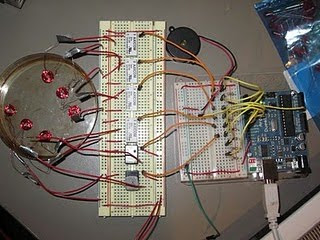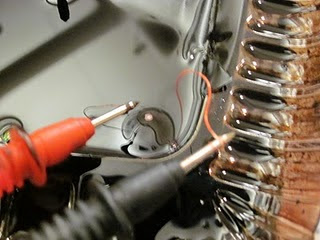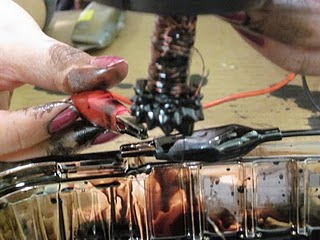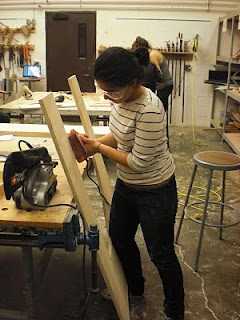For our design this week, we have decided to create a glass solar dome/ installation that would act as a lens, and focus light towards solar cells, allowing for the light to be concentrated. The solar panel would be located on a solar tracking device, to take into account the movement of the sun throughout the day. The mechanics behind this would involve placing photoresistors under a pinhole in the solar panel, when the solar panel would be receiving the most energy, the photovoltaics would line up with the resistor, and the movement would stop.

These are some images Carlo created in Rhino to get an idea of what the domes would look like in an array.
These two images were digitally rendered to get an idea of what the glass domes would look like in a building, and what size/scale they would be in relation to people.


 Melany attempted to make an electromagnet that used ferrofluise as the core.They didn't spike the way we wanted them to, but it did make a bump.
Melany attempted to make an electromagnet that used ferrofluise as the core.They didn't spike the way we wanted them to, but it did make a bump.
 I was able to wrap an electromagnet using enameled copper wire, that spiked the way we wanted. The spikes aren't on as large of a scale as we would like them to be, but this is the first successful electromagnet we have made so far.
I was able to wrap an electromagnet using enameled copper wire, that spiked the way we wanted. The spikes aren't on as large of a scale as we would like them to be, but this is the first successful electromagnet we have made so far.





























